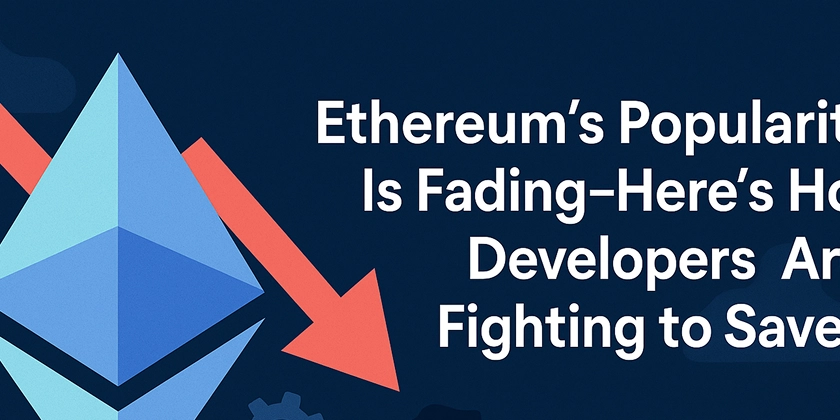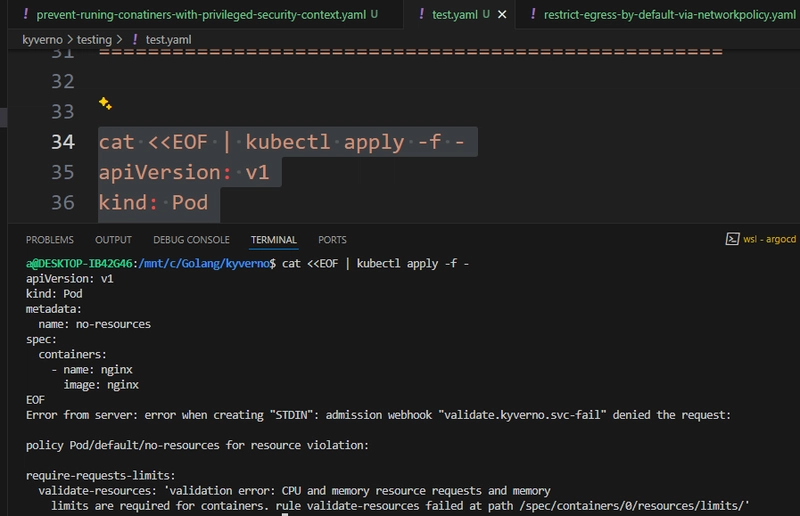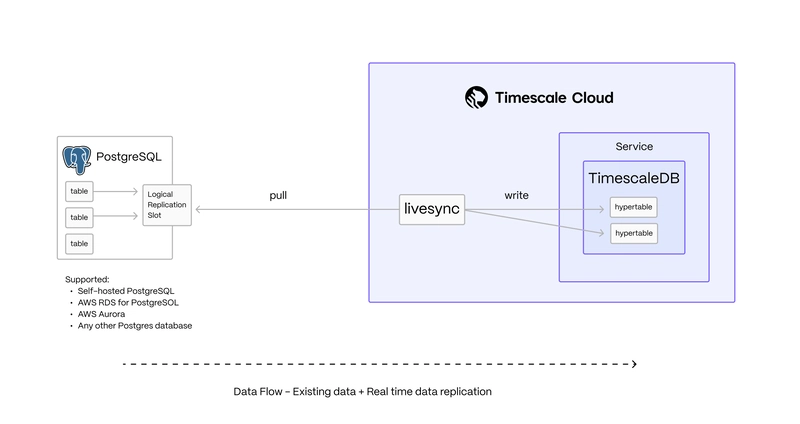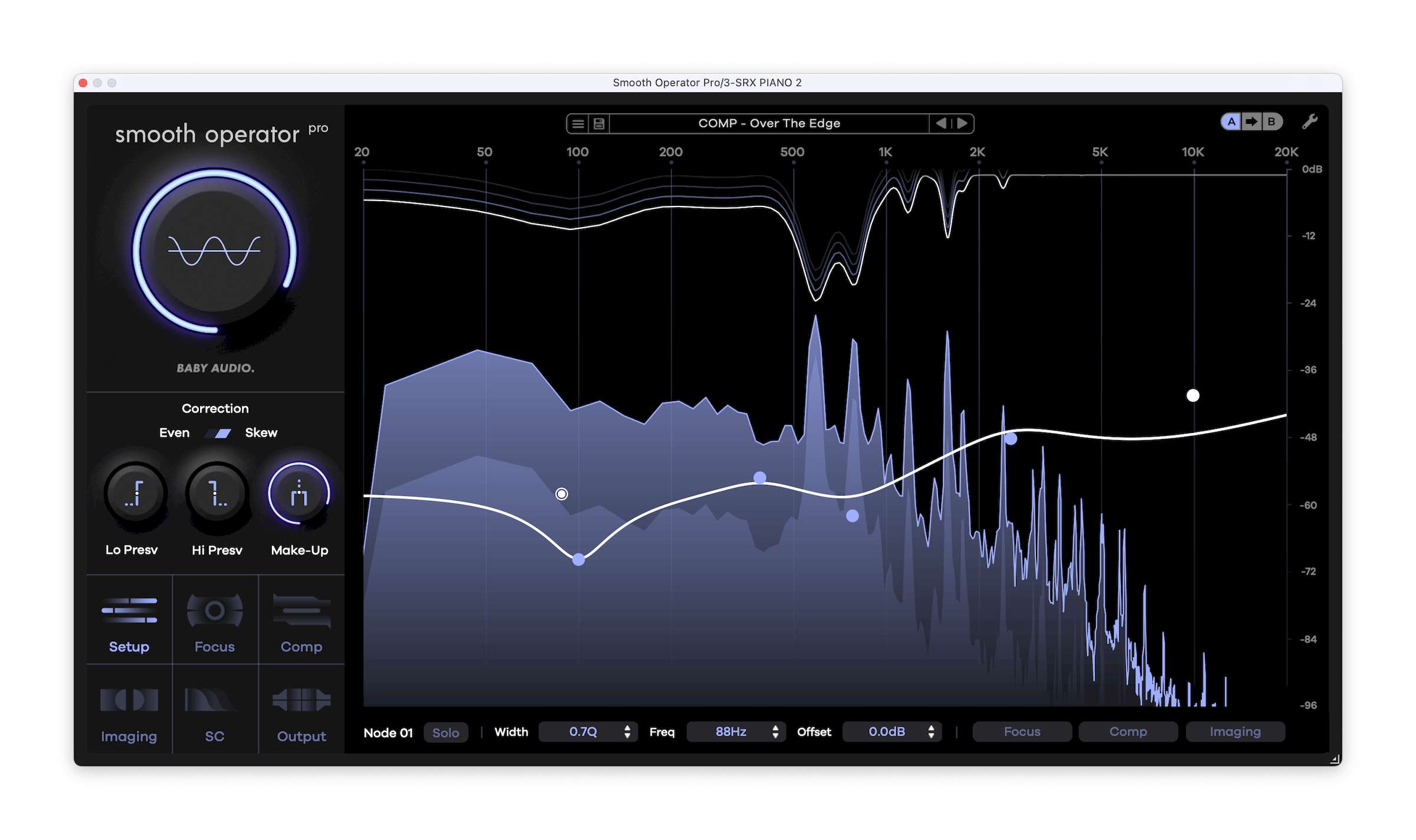Ethereum’s Popularity Is Fading — Here's How Developers Are Fighting to Save It
Ethereum, once the undisputed leader in smart contracts and decentralized applications, is facing a critical juncture. Over the past year, Ether (ETH) has underperformed compared to rivals like Bitcoin, Solana, and Cardano, leading to a decline in investor confidence and user activity. The rise of faster and cheaper alternatives, such as Solana, has further eroded Ethereum's dominance. The Scalability Challenge At the heart of Ethereum's struggles lies the issue of scalability. The network's limited transaction throughput and high fees have been persistent problems, hindering its ability to compete with newer blockchains. Despite the implementation of Layer 2 solutions and the transition to Proof of Stake, Ethereum still processes only 14–20 transactions per second (TPS), while competitors like Solana boast over 1,000 TPS. Developer Initiatives to Revitalize Ethereum In response to these challenges, Ethereum developers have proposed several Ethereum Improvement Proposals (EIPs) aimed at enhancing the network's performance: EIP-9698: Proposes a 100-fold increase in the gas limit over four years, potentially boosting Ethereum's throughput to 2,000 TPS. This deterministic plan would automate gas limit increases, reducing reliance on manual adjustments. EIP-7781: Aims to reduce block times from 12 to 8 seconds, increasing throughput by 50%. This change could improve the efficiency of decentralized exchanges and lower transaction confirmation times. EIP-7732: Introduces the Enshrined Proposer-Builder Separation (EPBS), separating block proposal and execution to streamline validation and improve network performance. Additionally, Ethereum's roadmap includes the implementation of proto-danksharding (EIP-4844), which introduces "blobs" to reduce Layer 2 transaction fees and enhance scalability. The Road Ahead While these proposals offer promising solutions, they also present challenges. Increasing the gas limit may raise concerns about network security and decentralization, as higher resource requirements could centralize validator participation. Similarly, reducing block times might strain solo stakers with limited hardware capabilities. Nevertheless, the Ethereum developer community remains committed to addressing these issues. By implementing these EIPs and continuing to innovate, Ethereum aims to reclaim its position as the leading platform for decentralized applications. As developers, it's crucial to stay informed about these developments and contribute to the ongoing efforts to enhance Ethereum's scalability and usability. The network's future depends on our collective ability to adapt and evolve in the face of emerging challenges.

Ethereum, once the undisputed leader in smart contracts and decentralized applications, is facing a critical juncture. Over the past year, Ether (ETH) has underperformed compared to rivals like Bitcoin, Solana, and Cardano, leading to a decline in investor confidence and user activity. The rise of faster and cheaper alternatives, such as Solana, has further eroded Ethereum's dominance.
The Scalability Challenge
At the heart of Ethereum's struggles lies the issue of scalability. The network's limited transaction throughput and high fees have been persistent problems, hindering its ability to compete with newer blockchains. Despite the implementation of Layer 2 solutions and the transition to Proof of Stake, Ethereum still processes only 14–20 transactions per second (TPS), while competitors like Solana boast over 1,000 TPS.
Developer Initiatives to Revitalize Ethereum
In response to these challenges, Ethereum developers have proposed several Ethereum Improvement Proposals (EIPs) aimed at enhancing the network's performance:
EIP-9698: Proposes a 100-fold increase in the gas limit over four years, potentially boosting Ethereum's throughput to 2,000 TPS. This deterministic plan would automate gas limit increases, reducing reliance on manual adjustments.
EIP-7781: Aims to reduce block times from 12 to 8 seconds, increasing throughput by 50%. This change could improve the efficiency of decentralized exchanges and lower transaction confirmation times.
EIP-7732: Introduces the Enshrined Proposer-Builder Separation (EPBS), separating block proposal and execution to streamline validation and improve network performance.
Additionally, Ethereum's roadmap includes the implementation of proto-danksharding (EIP-4844), which introduces "blobs" to reduce Layer 2 transaction fees and enhance scalability.
The Road Ahead
While these proposals offer promising solutions, they also present challenges. Increasing the gas limit may raise concerns about network security and decentralization, as higher resource requirements could centralize validator participation. Similarly, reducing block times might strain solo stakers with limited hardware capabilities.
Nevertheless, the Ethereum developer community remains committed to addressing these issues. By implementing these EIPs and continuing to innovate, Ethereum aims to reclaim its position as the leading platform for decentralized applications.
As developers, it's crucial to stay informed about these developments and contribute to the ongoing efforts to enhance Ethereum's scalability and usability. The network's future depends on our collective ability to adapt and evolve in the face of emerging challenges.











































































